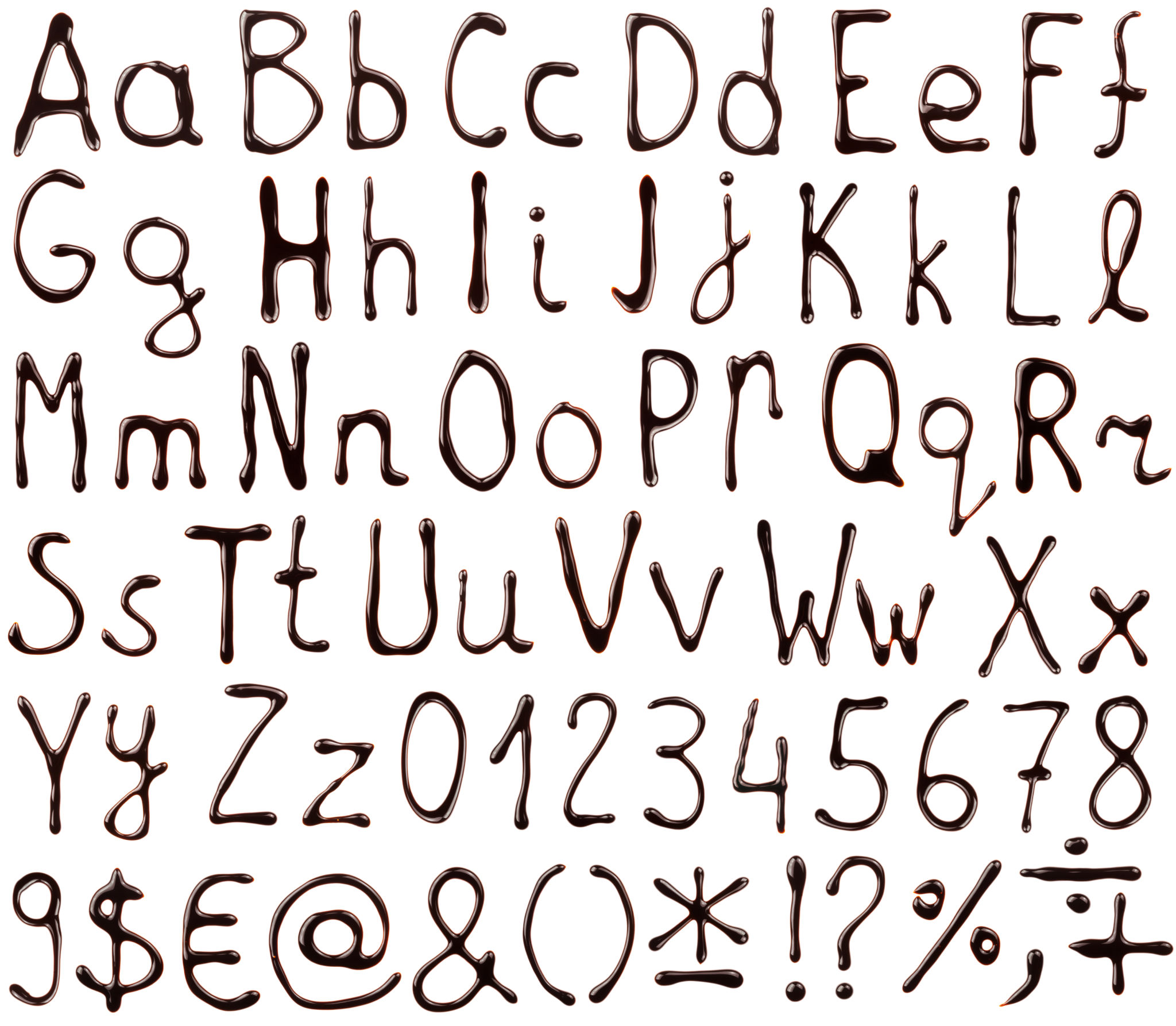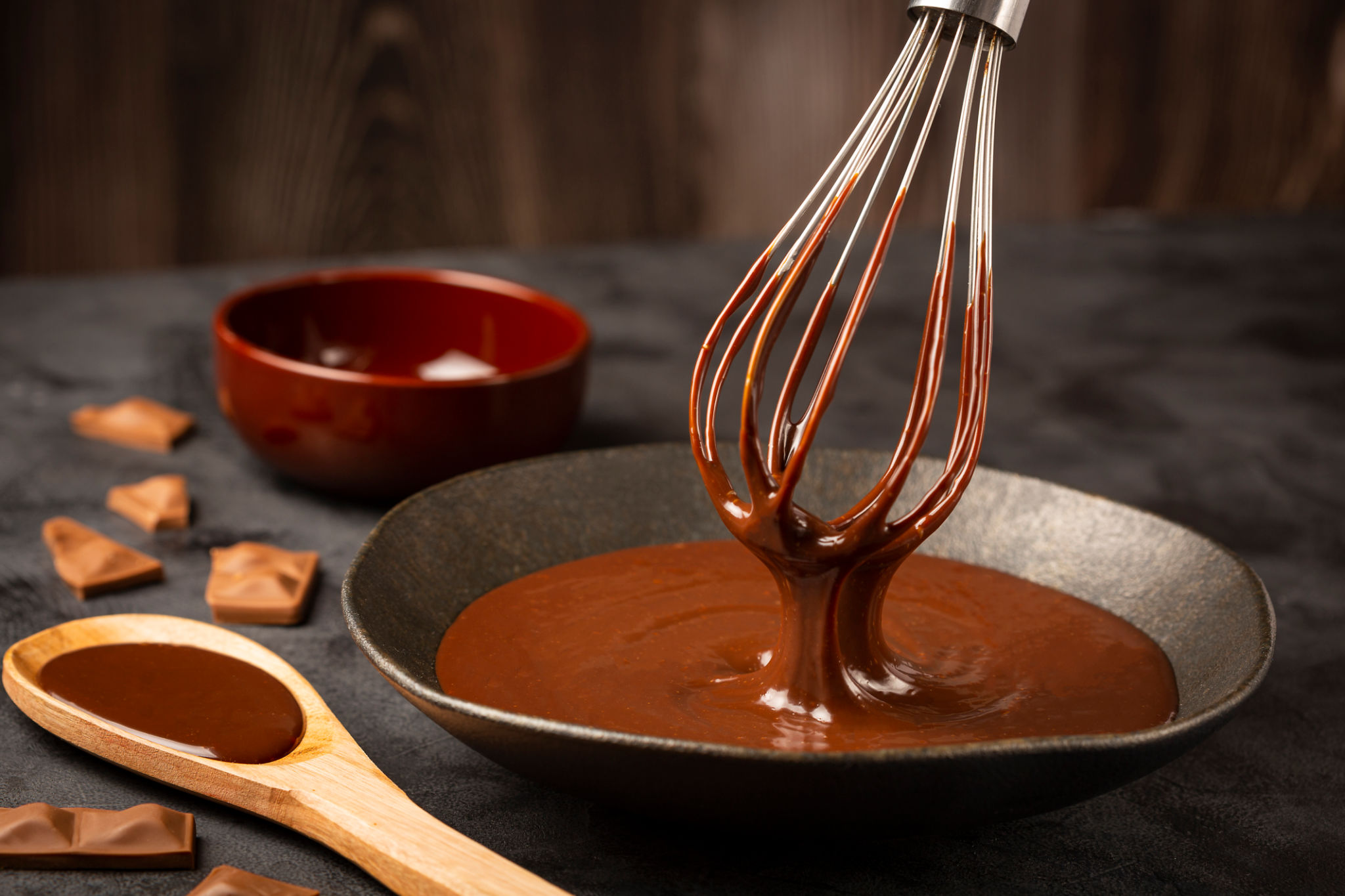The Art of Tasting Chocolate: A Guide for Chocolate Enthusiasts
The Journey Begins: Understanding Chocolate
Chocolate tasting is an art, a journey that involves all your senses. While it might seem simple to savor a piece of chocolate, true enthusiasts know that there's much more to the experience. Understanding the complexity of chocolate can deepen your appreciation and enhance your tasting skills.
Before you begin, familiarize yourself with different types of chocolate. From dark and milk to white and ruby, each variety offers a different taste profile and texture. Recognize that factors like cacao content, origin, and processing methods contribute significantly to these differences.

Preparing for the Tasting
Proper preparation is essential for an optimal chocolate tasting experience. It's advisable to taste in a neutral environment where distractions are minimal. Ensure that your palate is clean; avoid consuming any strong flavors or scents before the session, as these can interfere with the tasting notes.
Gather a selection of chocolates, preferably with varying cacao percentages and origins. Arrange them in order of increasing intensity to prevent overwhelming your taste buds. Have a glass of water or a neutral-tasting palate cleanser, like plain bread or crackers, on hand to reset your taste between samples.
The Tasting Process
When you're ready to begin, start by observing the chocolate. Take note of its appearance. Is it glossy or matte? What shade of brown is it? A high-quality chocolate typically has a smooth, even surface with a rich color.
Next, focus on the aroma. Bring the chocolate close to your nose and inhale deeply. Chocolate can exhibit a range of scents, from fruity and floral to nutty and spicy. These aromas offer clues about the flavors you might encounter once you taste.

Savoring the Flavor
Place a piece of chocolate in your mouth and let it melt slowly on your tongue. This is where the real tasting begins. Pay attention to the texture and how it changes as it melts. Is it creamy, grainy, or smooth? The texture can greatly influence your overall perception.
As the chocolate melts, focus on identifying different flavors. Start with the primary taste: sweet, bitter, or sour. Then, try to detect more complex notes like vanilla, coffee, or red berries. Remember, there's no right or wrong answer; each person's palate is unique.
The Finish: Analyzing the Aftertaste
Once the chocolate is gone, consider the aftertaste. How long do the flavors linger? Is there a pleasant finish, or does it leave a bitter or waxy residue? A good-quality chocolate will typically have a clean, enjoyable aftertaste that invites you for more.

Recording Your Impressions
To improve your chocolate tasting skills over time, consider keeping a tasting journal. Record your observations about each type of chocolate you sample. Note details like the brand, cacao percentage, and any specific flavors you detected.
This practice not only helps refine your palate but also serves as a valuable reference when comparing different chocolates in the future. Over time, you'll start noticing patterns and preferences in your tasting experiences.
Sharing the Experience
Chocolate tasting is not just a solitary pursuit; it can be a delightful social activity as well. Consider hosting a chocolate tasting party with friends or family. Sharing notes and impressions adds another layer of enjoyment and discovery.
Encourage each participant to bring a unique chocolate variety. As you taste together, exchange thoughts and discuss your findings. This collaborative approach often reveals new insights and broadens everyone's chocolate horizons.
The Art Continues
The art of tasting chocolate is an ongoing journey filled with exploration and pleasure. As you continue to develop your skills, you'll uncover new flavors and textures that deepen your love for this beloved treat.
Whether you're savoring a single piece in solitude or sharing a collection with others, remember that every bite is an opportunity to discover something new. Embrace the nuances, enjoy the process, and celebrate the exquisite world of chocolate.
